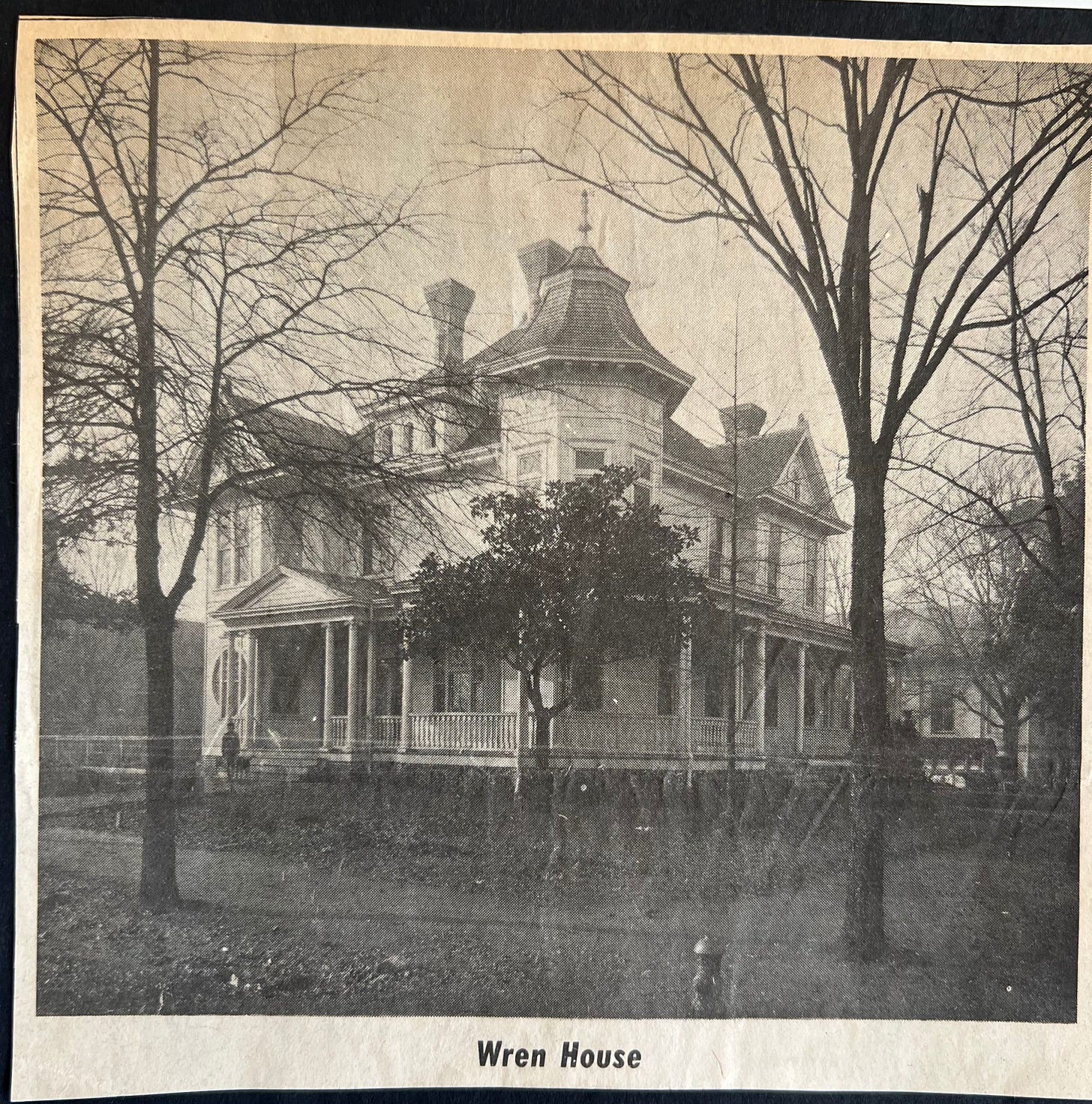It was the type of house that gave rise to more questions than answers. From a distance, the towering Victorian Queen Anne seemed foreboding. For years, the windows were dark. As I traveled across town on historic South Street, I would invariably turn right onto East Street. The mansion stood there at the corner. Often, I would slow the car and gaze up at the third-floor windows. It’s the South, so one naturally expects to find a pale, wild-eyed child or spectral woman in widow’s weeds to meet your gaze. My imagination was never satisfied.
The white paint peeled. The wrap-around front porch was wide enough to host generations. The doors were massive. The chimneys, exquisite. The years, while kind to the massive home, had begun to show their handiwork. Some of the windows were cracked; the roof needed a shingle or two. But while some houses seemed to sag under the weight of time and forgotten memories, this one never seemed to. And perhaps that’s why I was always drawn to take a long look. This house never sagged. This house never seemed weighed down and burdened by the memories of families long forgotten. No, this house was different. She stood taller and grander than most. She had the air of so many women in the South that I had met - that Steel Magnolia, if you will - gifted with struggle, but you would never know it. Outwardly, she was tall, strong, with shoulders thrown back, head high, and a gracious smile.
---------
The Wren House was the home of Dr. Edward Bates Wren and his wife, Evie Wren. The doctor moved his medical practice from Montgomery to Talladega, Alabama, in the late 1880s. As the family was one of means, they worked with Princeton-educated architect Frank Lockwood to design the home. Lockwood had an impressive pedigree and was responsible for designing the North and South wings of the Alabama State Capitol in Montgomery, amongst many other private homes and public institutions. The builder, Robert S. West, was renowned in Talladega and responsible for several projects, including the Jemison Carnegie library, the county courthouse, and homes for some of Talladega’s wealthiest families. The group began building the home in 1894 and finished in 1903.
When the home was completed, Dr. Wren set up shop. Wren’s great-granddaughter, Gay Hinton, was the last family member to own the home, and she recalled that Dr. Wren’s office was in the house on the main floor that faced South Street.
“The porch was so big,” Mrs. Hinton recalled, “and my great-grandfather would park his horse and buggy right outside the office door. He had them there every day in case he had to make a quick exit for an emergency.”
Read the rest of the article in the May edition of Okra Mag.




